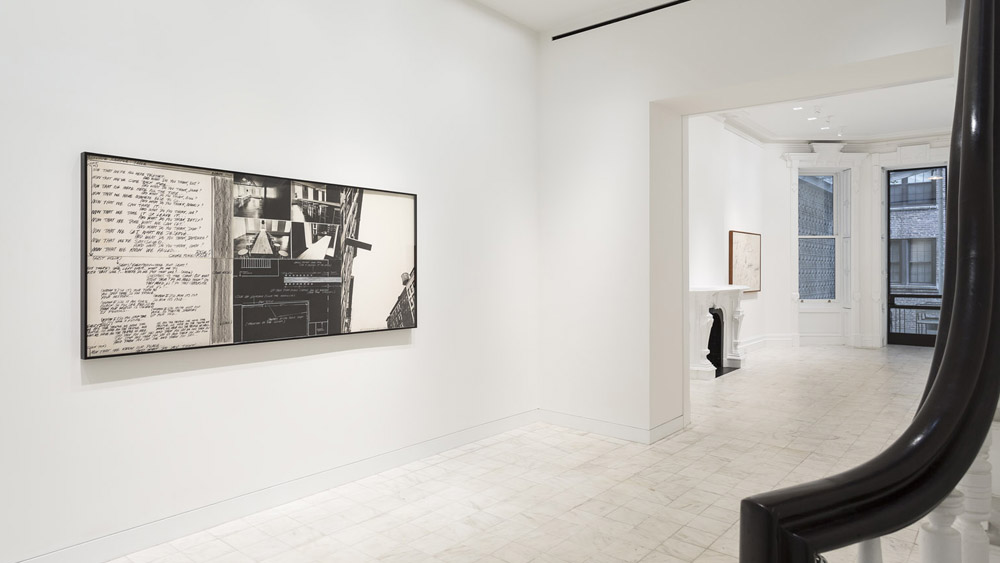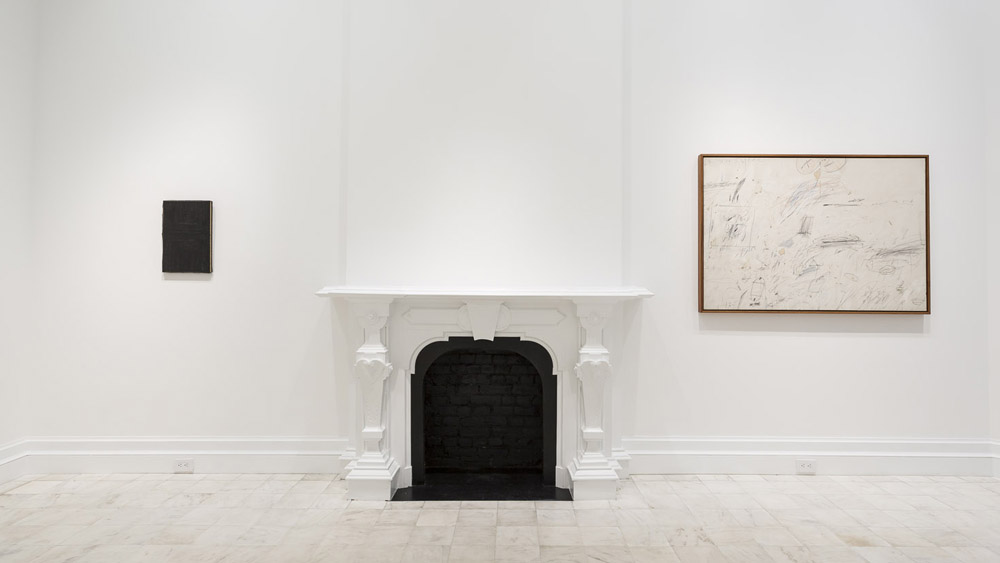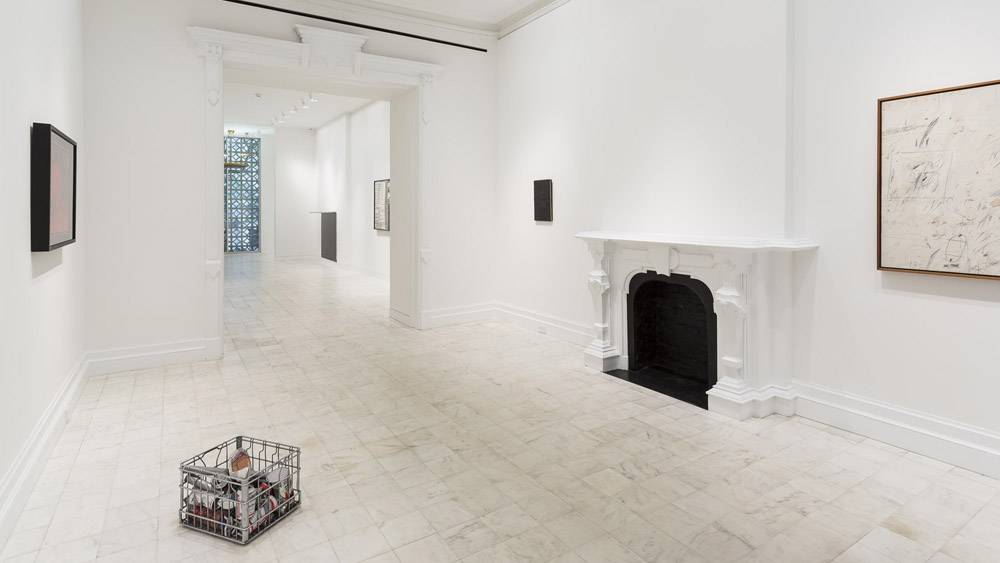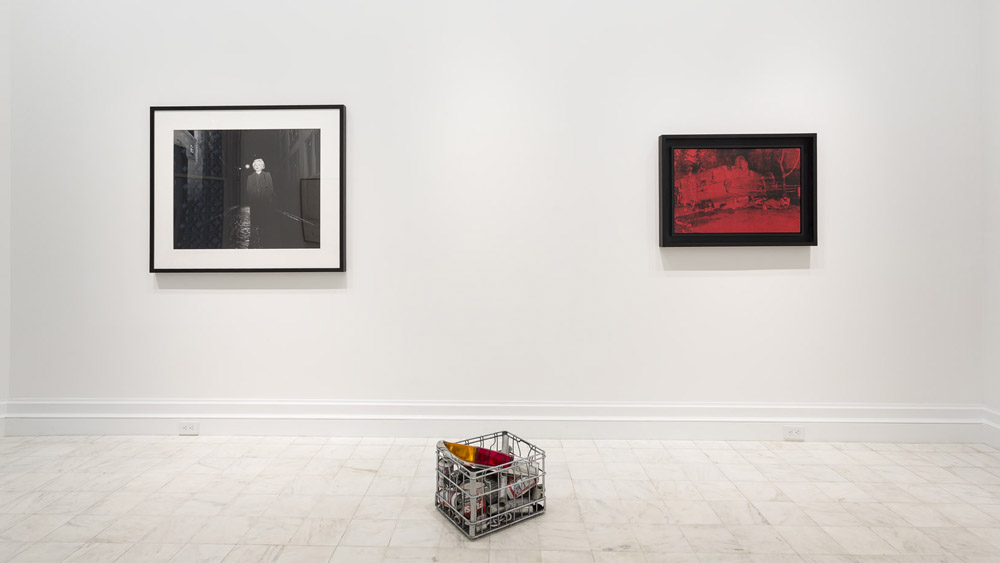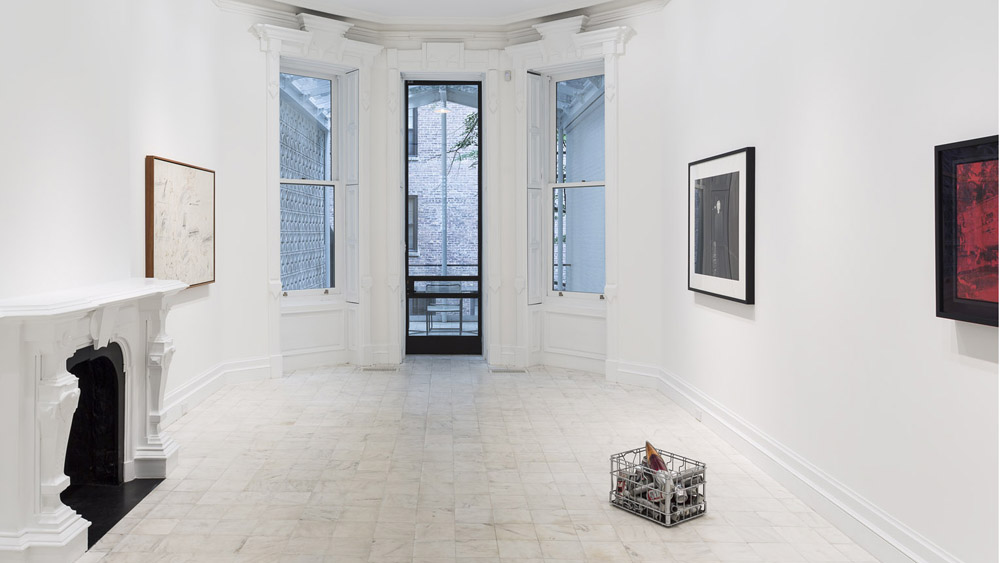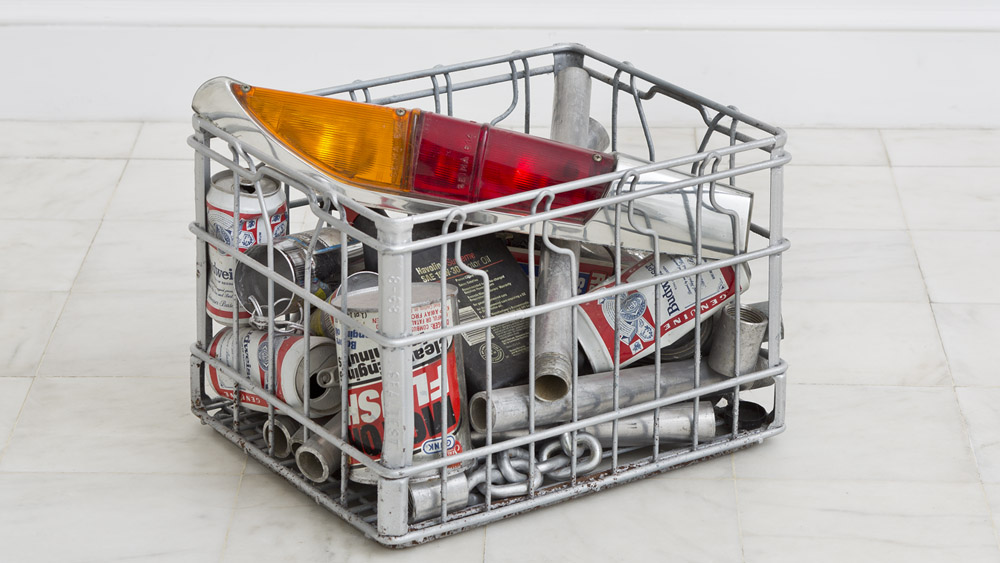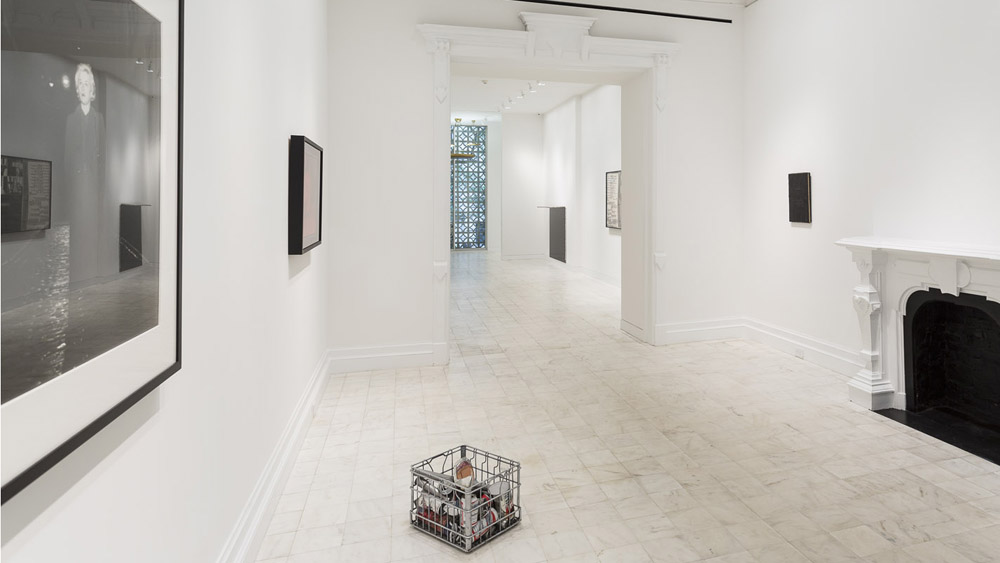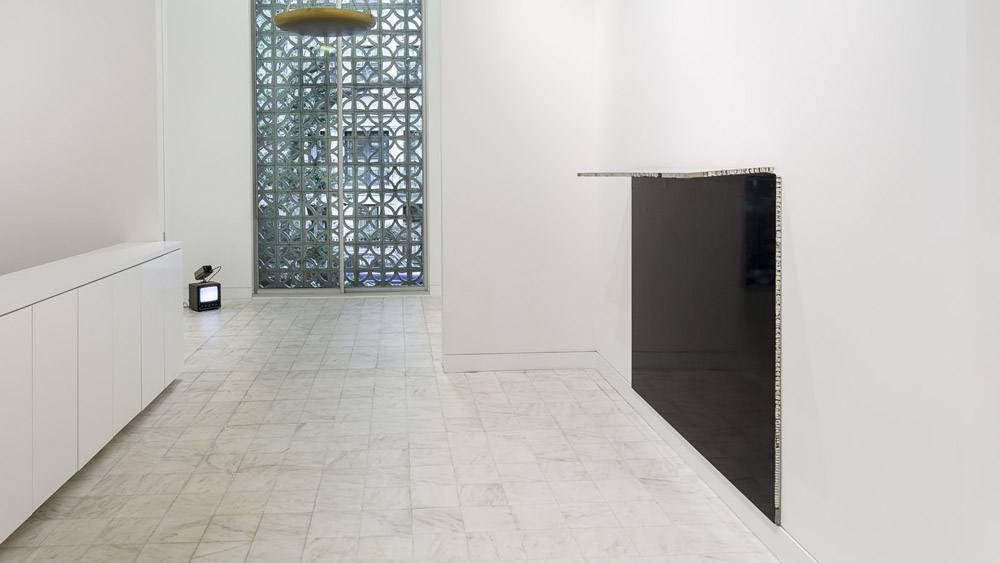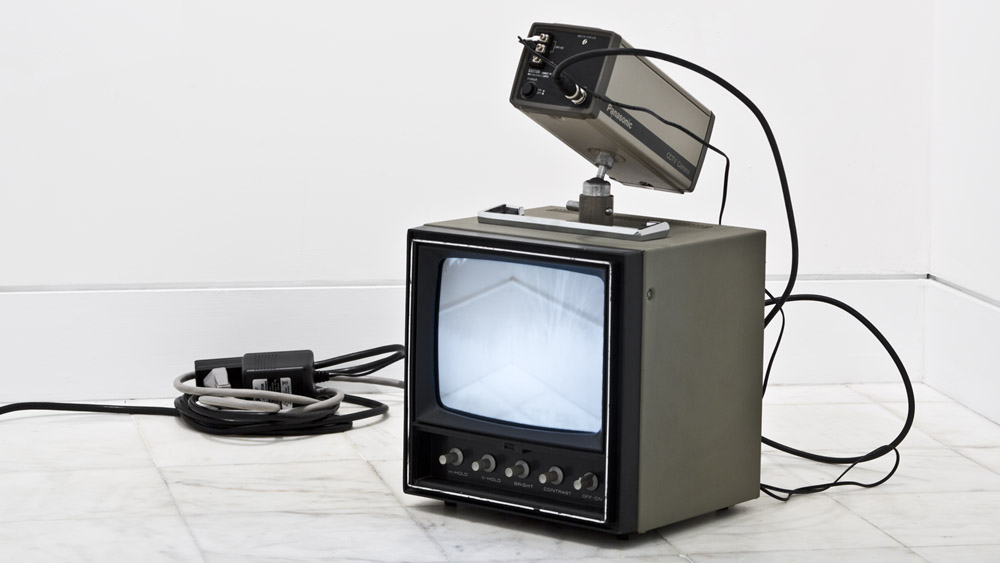1 of 11
About the Installation
Gladstone 64 is pleased to announce a summer exhibition featuring work by Vito Acconci, William Anastasi, Cady Noland, Steven Parrino, Cindy Sherman, Frank Stella, Cy Twombly, Andy Warhol, and Weegee. The exhibition includes painting, photography and sculpture highlighting the dramas of urban and domestic space, public and private lives, and the fragility and spectacle of city life when the borders between these spaces are transgressed.The exhibition is designed to reverberate with the gallery space, a landmarked townhouse by Edward Durrell Stone, which was originally designed as a private residence. The works in this show consider experiences beyond the privacy and comforts of domestic interior space, examining the shift in states of mind when public and private territories are traversed. The assembled artworks directly address New York City’s precarious and occasionally dangerous energy, highlighting artists who have revealed or harnessed urban disquiet and vulnerability along with the tensions of the public and private body.
Post-war urban American culture, as well as drama of everyday life, is powerfully represented and recast in Andy Warhol’s Death and Disaster paintings series. Weegee’s photograph, Their First Murder, October 9, 1941, also presents a document of urban cultural history, as children are seen witnessing the loss of life, and their range of reactions is put on display. In this image the spectacle of public and private lives colliding strikingly registers on the faces of the young onlookers, as a paradoxically claustrophobic anonymity and insecurity is created by the boundary transgressed. Representational voyeuristic impulses are abstracted in Frank Stella and Steven Parrino’s paintings, yet they vibrate with the energy of bodies dissecting and intersecting. In these paintings states of action are abstracted, but much like the city at night, the energy is still palpable. In Vito Acconci and Cindy Sherman’s work, the body becomes a participant and subject to architecture and the built environment. The artists’ interventions and constructs rewrite the scripted narratives that negotiate our everyday public life and the parameters of our participation.
